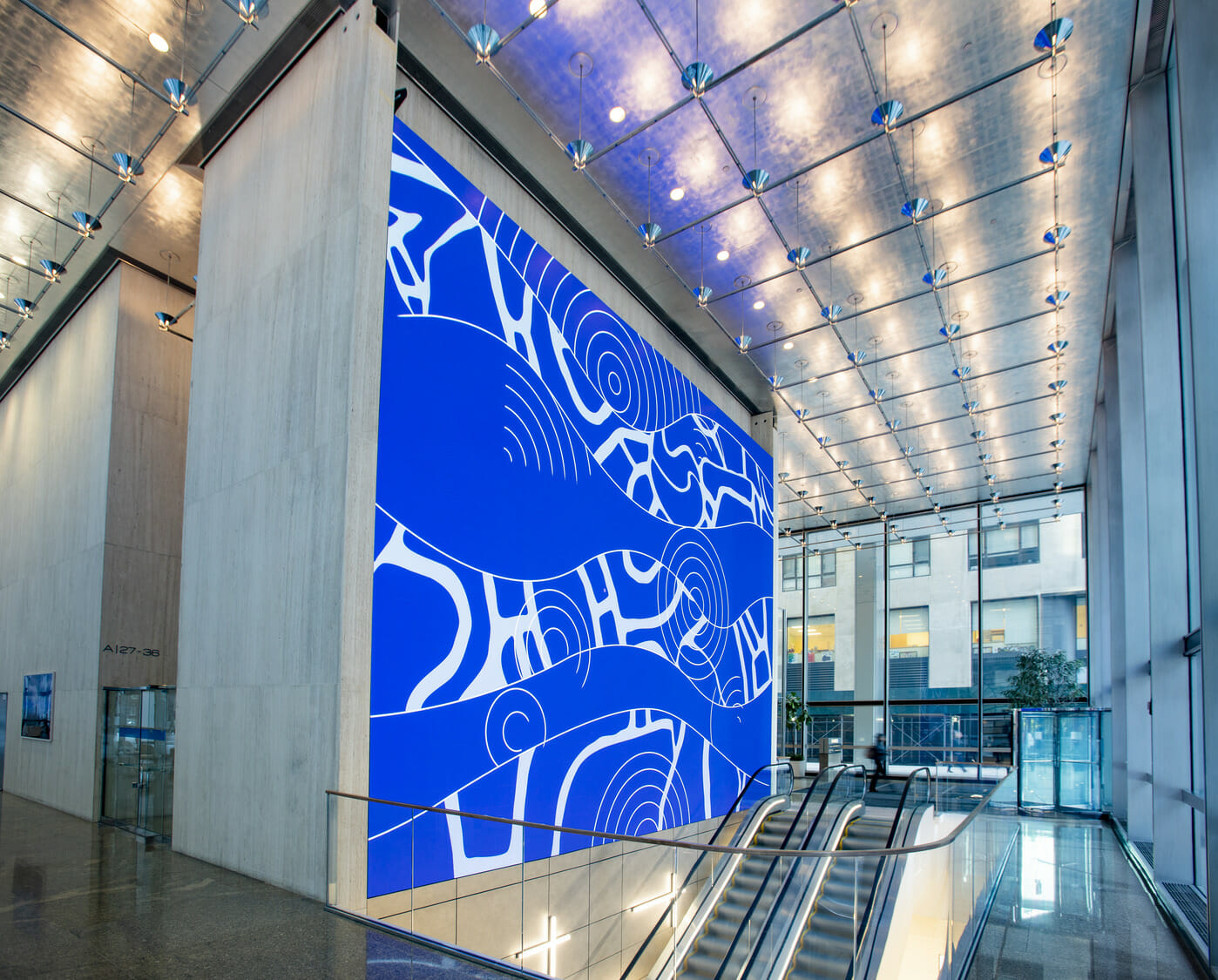Perfecting the Art of Hue Calibration for Stunning Imagery on LED Walls
Wiki Article
Color calibration is an crucial process for attaining breathtaking images on LED screens. LED walls are widely used in multiple environments, such as musical events, meetings, and promotional presentations. These screens are made up of numerous tiny light-emitting diodes that create images and footage. However, if the colors are not calibrated correctly, the visuals can appear dull or distorted. Color calibration ensures that the colors shown on the LED screen are accurate and vibrant, enhancing the overall viewing encounter.
The initial phase in hue tuning is understanding the color space. Color space refers to the range of colors that can be displayed on a screen. Different devices, such as cameras and monitors, may use varied hue spectra. Typical color spaces include sRGB, Adobe RGB, and DCI-P3. Knowing which hue spectrum the light-emitting diode wall uses is vital for accurate calibration. This knowledge helps in adjusting the hues to align the intended output, ensuring that the images appear as they were intended to be seen.

Subsequently, using a color calibration tool is vital for achieving precise outcomes. These devices can be hardware instruments or software applications designed to measure and adjust colors. A colorimeter is a commonly used physical device that assesses the hues displayed on the light-emitting diode screen. It offers information on how the colors appear compared to the standard metrics. By using this data, adjustments can be made to the LED wall configurations, such as luminosity, differentiation, and color equilibrium. This procedure helps in matching the shown hues with the intended hue benchmarks.
Another crucial factor of hue tuning is surrounding illumination evaluation. The illumination in the surroundings where the light-emitting diode screen is situated can significantly influence how hues are perceived. For instance, bright ambient light can wash out hues, making them appear less lively. Therefore, it is essential to assess the illumination environment before tuning the light-emitting diode screen. Adjustments may need to be made to the wall's brightness and contrast configurations to counter for the ambient light. This ensures that the colors remain vivid and true to their intended appearance.
Finally, regular maintenance and recalibration are essential to maintain the light-emitting diode wall performing at its best. Over time, the colors on the LED wall may drift due to elements like wear parts or variations in the surroundings. Consistently scheduled tuning assist to maintain color accuracy and consistency. It is also advantageous to maintain a log of tuning configurations and outcomes. This documentation can assist in identifying patterns or issues that may occur, enabling for prompt modifications. By focusing on color calibration, users can guarantee that their light-emitting diode screens provide breathtaking visuals that captivate weblink audiences.